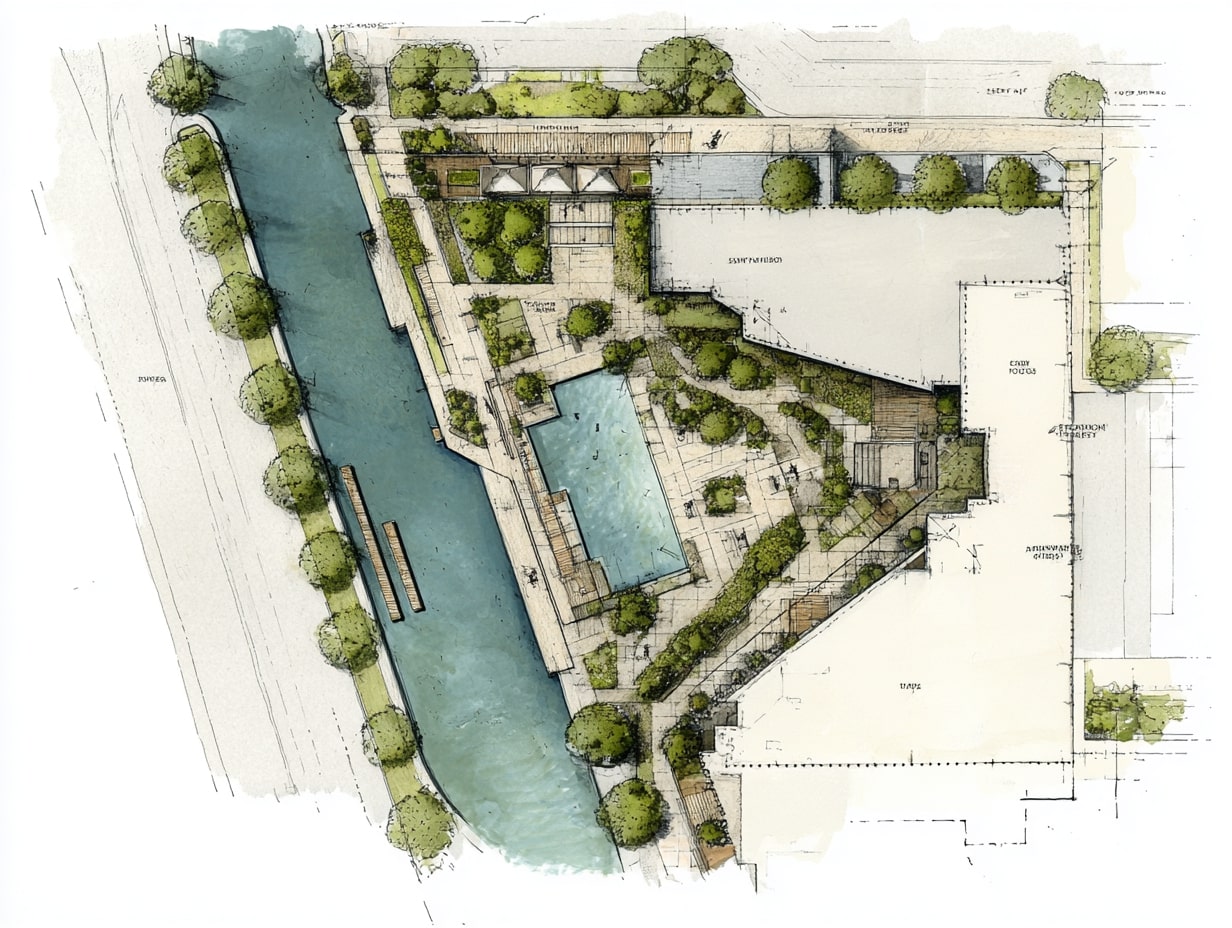- Home
- Articles
- Architectural Portfolio
- Architectral Presentation
- Inspirational Stories
- Architecture News
- Visualization
- BIM Industry
- Facade Design
- Parametric Design
- Career
- Landscape Architecture
- Construction
- Artificial Intelligence
- Sketching
- Design Softwares
- Diagrams
- Writing
- Architectural Tips
- Sustainability
- Courses
- Concept
- Technology
- History & Heritage
- Future of Architecture
- Guides & How-To
- Art & Culture
- Projects
- Interior Design
- Competitions
- Jobs
- Store
- Tools
- More
- Home
- Articles
- Architectural Portfolio
- Architectral Presentation
- Inspirational Stories
- Architecture News
- Visualization
- BIM Industry
- Facade Design
- Parametric Design
- Career
- Landscape Architecture
- Construction
- Artificial Intelligence
- Sketching
- Design Softwares
- Diagrams
- Writing
- Architectural Tips
- Sustainability
- Courses
- Concept
- Technology
- History & Heritage
- Future of Architecture
- Guides & How-To
- Art & Culture
- Projects
- Interior Design
- Competitions
- Jobs
- Store
- Tools
- More
Transforming Architectural Ideas Through Diagrams

Architecture, at its core, is an interplay of form, function, and imagination. The ability to visualize and communicate architectural concepts is a pivotal skill every architect must hone. Diagrams serve as the middle ground between an architect’s vision and its tangible realization. This article delves into the transformative power of diagrams in shaping architectural ideas and their pivotal role in the design process.
1. The Essence of Architectural Diagrams
Diagramming is not a mere sketching technique; it’s a language. Diagrams break down complex concepts into digestible visuals, translating the abstract into the comprehensible. Through lines, shapes, and shades, they convey the logic, function, and essence of a design, allowing for a more immediate understanding than verbose descriptions or intricate drawings.
2. Envisioning and Exploring Concepts
Before an idea becomes a solid structure, it undergoes numerous iterations in the architect’s mind. Diagrams provide a platform to visually explore these iterations. By simplifying forms and functions into basic elements, architects can quickly experiment with layouts, circulations, and spatial relationships.
3. Communicative Power
One of the primary purposes of architectural diagrams is to convey design intent to various stakeholders, from clients and contractors to the general public. A well-crafted diagram can:
- Emphasize key design features.
- Illustrate the functionality and flow of spaces.
- Provide a bird’s-eye view of how different elements relate to each other.
4. Bridging Thoughts and Reality
Diagrams act as a bridge between the conceptual and the concrete. They pave the way for more detailed drawings and models. By setting the foundation and clarifying the design’s core principles, diagrams reduce ambiguities and ensure that subsequent phases in the design process have a clear direction.

5. Storytelling through Diagrams
Every building tells a story, reflecting the culture, context, and aspirations of its time. Diagrams can narrate these stories effectively. For example, an evolutionary diagram can chronicle the transformation of a site or a building over time. A layered diagram can illustrate how various systems – structural, electrical, and plumbing – interact within a building.
6. Evolving Digital Tools
The digital age has brought forth a myriad of tools that have amplified the power of diagramming. Software like Rhino, AutoCAD, and Illustrator, among others, have made it easier to generate, modify, and share diagrams. These tools not only provide flexibility in representation but also enable architects to integrate data and analytics into their diagrams, making them more informative and dynamic.
In the intricate dance of design, diagrams act as a choreographer, guiding every step and turn. They distill complex ideas into visual narratives, ensuring clarity, cohesion, and creativity. As architectural processes continue to evolve in this digital era, the importance of diagramming will only grow, cementing its role as an indispensable tool in transforming ideas into iconic edifices.
In the realm of architecture and design, diagrams play a pivotal role as communicative tools, mediating between abstract thought and physical realization. Different kinds of diagrams, like concept diagrams, sustainability diagrams, and many others, cater to different stages and aspects of the design process. Diagrams, by their nature, distill complex ideas into easily understandable visuals. This simplification is vital, especially in architecture, where intricate concepts need to be communicated to a varied audience, including clients, builders, and even the general public.

–Diagrams can capture the evolution of a design over time. By juxtaposing different stages of development, they provide insights into decision-making processes and design rationales.
–Diagrams can dissect a building into its functional components, showing spatial arrangements, user pathways, and circulation patterns. This analytical breakdown is particularly beneficial during design reviews and critiques.
–In multidisciplinary projects, where architects, engineers, landscape designers, and other experts come together, diagrams serve as a common language, fostering better collaboration and understanding among teams.
–Especially in public projects, diagrams can engage the community, giving them a glimpse of future developments. They can be used in public consultations, ensuring that stakeholders are well-informed and can provide meaningful feedback.
–As the design moves towards the construction phase, detailed diagrams can serve as preliminary guides for producing technical drawings and construction documents.
Concept Diagrams
- Exploration: At the initial stages of a project, architects are often grappling with multiple ideas. Concept diagrams help in visually exploring these ideas, allowing architects to see potential strengths and flaws.
- Communication: These diagrams effectively convey the overarching idea or theme of a project. Whether it’s the flow of space, user interaction, or the building’s relationship with its context, a concept diagram can articulate it all.
Sustainability Diagrams
- Highlighting Eco-friendly Features: With the increasing emphasis on sustainable design, these diagrams can showcase various green features of a building, such as passive solar design, rainwater harvesting, or natural ventilation systems.
- Data Visualization: They can integrate and present data on energy consumption, CO2 emissions, and other sustainability metrics, offering a snapshot of a building’s environmental footprint.

Submit your architectural projects
Follow these steps for submission your project. Submission FormLatest Posts
Understanding Site Safety Footwear in Architectural Practice
Architecture is often discussed through drawings, models, and finished buildings, yet a...
General Arrangement Drawings in Architecture: The Backbone of Clear Design Communication
General Arrangement Drawings explained: what they are, when to use them, how...
The Ultimate Guide to Fencing in North Dakota: Choosing the Best Fence for Your Property
Watching a chain link fence twist in 70 mph winds near Minot...
Gaudí: Where Architecture Meets Science
Gaudí: Where Architecture Meets Science shows catenary arches, ruled surfaces, and biomimicry...












Leave a comment